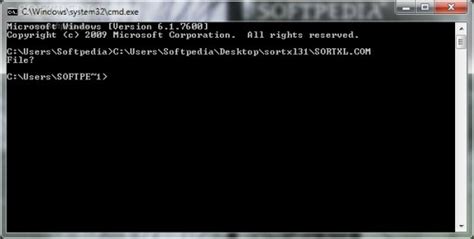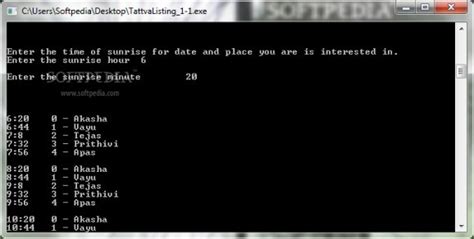Vlim
Author: l | 2025-04-24

Looking for online definition of VLIM or what VLIM stands for? VLIM is listed in the World's most authoritative dictionary of abbreviations and acronyms VLIM - What does VLIM stand for? Listen to music by vlim on Apple Music. Find top songs and albums by vlim including Kukumav Kuşu, USANMAM (feat. Vlim) and more.

VLIM - What does VLIM stand for? The Free Dictionary
In November 2018, after an epic, 41-year voyage, Voyager 2 finally crossed the boundary that marked the limit of the Sun's influence and entered interstellar space. But the little probe's mission isn't done yet - it's now sending home information about the space beyond the Solar System.And it's revealing something surprising. As Voyager 2 moves farther and farther from the Sun, the density of space is increasing.It's not the first time this density increase has been detected. Voyager 1, which entered interstellar space in 2012, detected a similar density gradient at a separate location.Voyager 2's new data show that not only was Voyager 1's detection legit, but that the increase in density may be a large-scale feature of the very local interstellar medium (VLIM).The Solar System's edge can be defined by a few different boundaries, but the one crossed by the Voyager probes is known as the heliopause, and it's defined by the solar wind.This is a constant supersonic wind of ionised plasma that streams out from the Sun in all directions, and the heliopause is the point at which the outward pressure of that wind is no longer strong enough to push into the wind from interstellar space.(NASA/JPL-Caltech)The space inside the heliopause is the heliosphere, and the space outside it is the VLIM. But the heliosphere isn't a round sphere. It's more like an oval, with the Solar System at one end, and a streaming tail behind; the "nose" is pointed in the direction of the Solar System's orbit in the Milky Way.Both Voyagers crossed the heliopause at the nose, but with a difference of 67 degrees in heliographic latitude and 43 degrees difference longitude.Space is generally thought of as a vacuum, but it isn't, not completely. The density of matter is extremely low, but it still exists. In the Solar System, the solar wind has an average proton and electron density of 3 to 10 particles per cubic centimetre, but it grows lower the farther out you go from the Sun.The mean electron density of the interstellar medium in the Milky Way, out among the stars, has been calculated to be around 0.037 particles per cubic centimetre. And the plasma density in the outer heliosphere is around 0.002 electrons per cubic centimetre.As the Voyager probes crossed beyond the heliopause, their Plasma Wave Science instruments detected the electron density of the plasma through plasma oscillations.Voyager 1 crossed the heliopause on 25 August 2012, at a distance of 121.6 astronomical units from Earth (that's 121.6 times the distance between the Earth and Sun, so roughly 18.1 billion km).When it first measured the plasma oscillations after crossing the heliopause on 23 October 2013 at a distance of 122.6 astronomical units (18.3 Looking for online definition of VLIM or what VLIM stands for? VLIM is listed in the World's most authoritative dictionary of abbreviations and acronyms VLIM - What does VLIM stand for?Comments
In November 2018, after an epic, 41-year voyage, Voyager 2 finally crossed the boundary that marked the limit of the Sun's influence and entered interstellar space. But the little probe's mission isn't done yet - it's now sending home information about the space beyond the Solar System.And it's revealing something surprising. As Voyager 2 moves farther and farther from the Sun, the density of space is increasing.It's not the first time this density increase has been detected. Voyager 1, which entered interstellar space in 2012, detected a similar density gradient at a separate location.Voyager 2's new data show that not only was Voyager 1's detection legit, but that the increase in density may be a large-scale feature of the very local interstellar medium (VLIM).The Solar System's edge can be defined by a few different boundaries, but the one crossed by the Voyager probes is known as the heliopause, and it's defined by the solar wind.This is a constant supersonic wind of ionised plasma that streams out from the Sun in all directions, and the heliopause is the point at which the outward pressure of that wind is no longer strong enough to push into the wind from interstellar space.(NASA/JPL-Caltech)The space inside the heliopause is the heliosphere, and the space outside it is the VLIM. But the heliosphere isn't a round sphere. It's more like an oval, with the Solar System at one end, and a streaming tail behind; the "nose" is pointed in the direction of the Solar System's orbit in the Milky Way.Both Voyagers crossed the heliopause at the nose, but with a difference of 67 degrees in heliographic latitude and 43 degrees difference longitude.Space is generally thought of as a vacuum, but it isn't, not completely. The density of matter is extremely low, but it still exists. In the Solar System, the solar wind has an average proton and electron density of 3 to 10 particles per cubic centimetre, but it grows lower the farther out you go from the Sun.The mean electron density of the interstellar medium in the Milky Way, out among the stars, has been calculated to be around 0.037 particles per cubic centimetre. And the plasma density in the outer heliosphere is around 0.002 electrons per cubic centimetre.As the Voyager probes crossed beyond the heliopause, their Plasma Wave Science instruments detected the electron density of the plasma through plasma oscillations.Voyager 1 crossed the heliopause on 25 August 2012, at a distance of 121.6 astronomical units from Earth (that's 121.6 times the distance between the Earth and Sun, so roughly 18.1 billion km).When it first measured the plasma oscillations after crossing the heliopause on 23 October 2013 at a distance of 122.6 astronomical units (18.3
2025-03-25